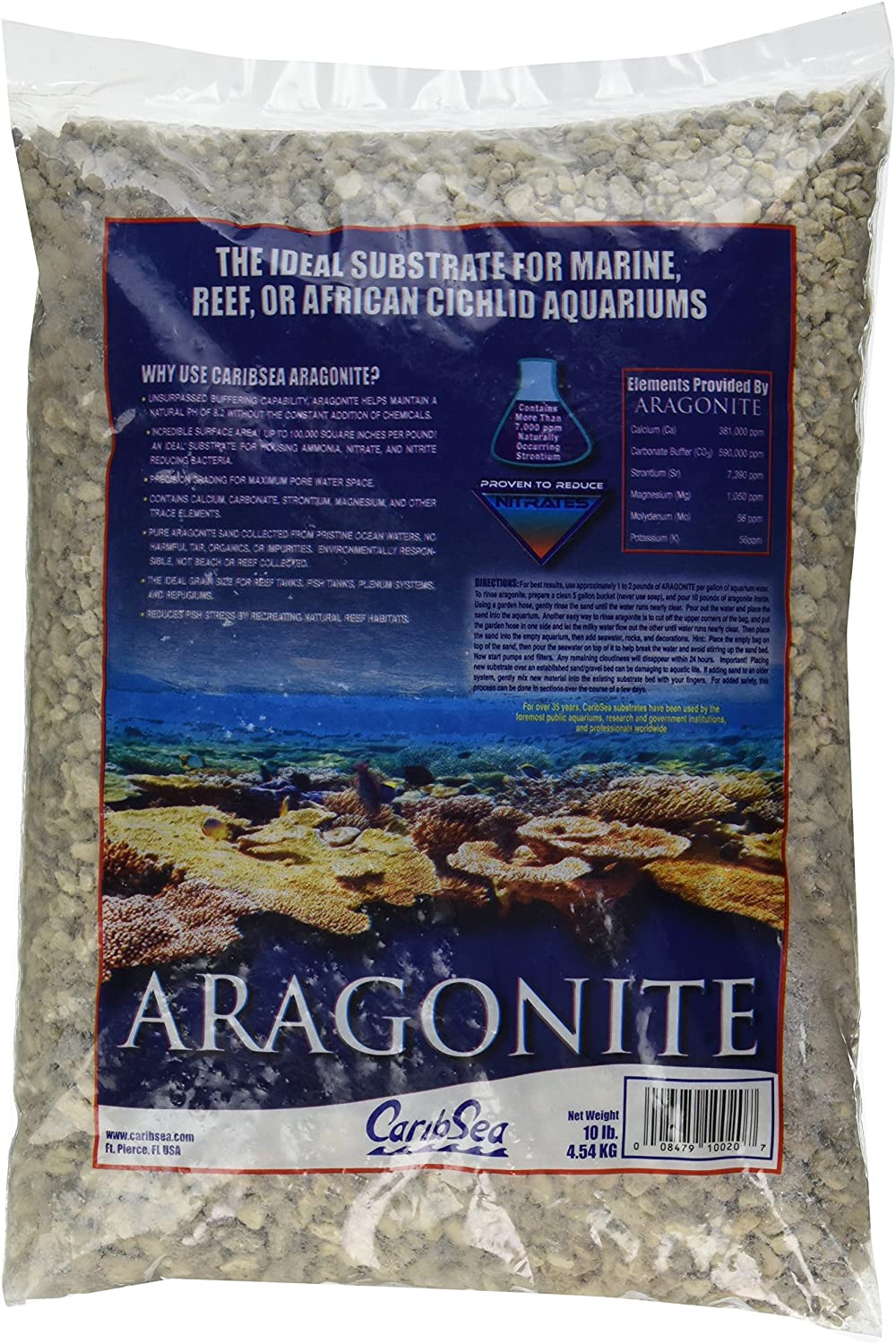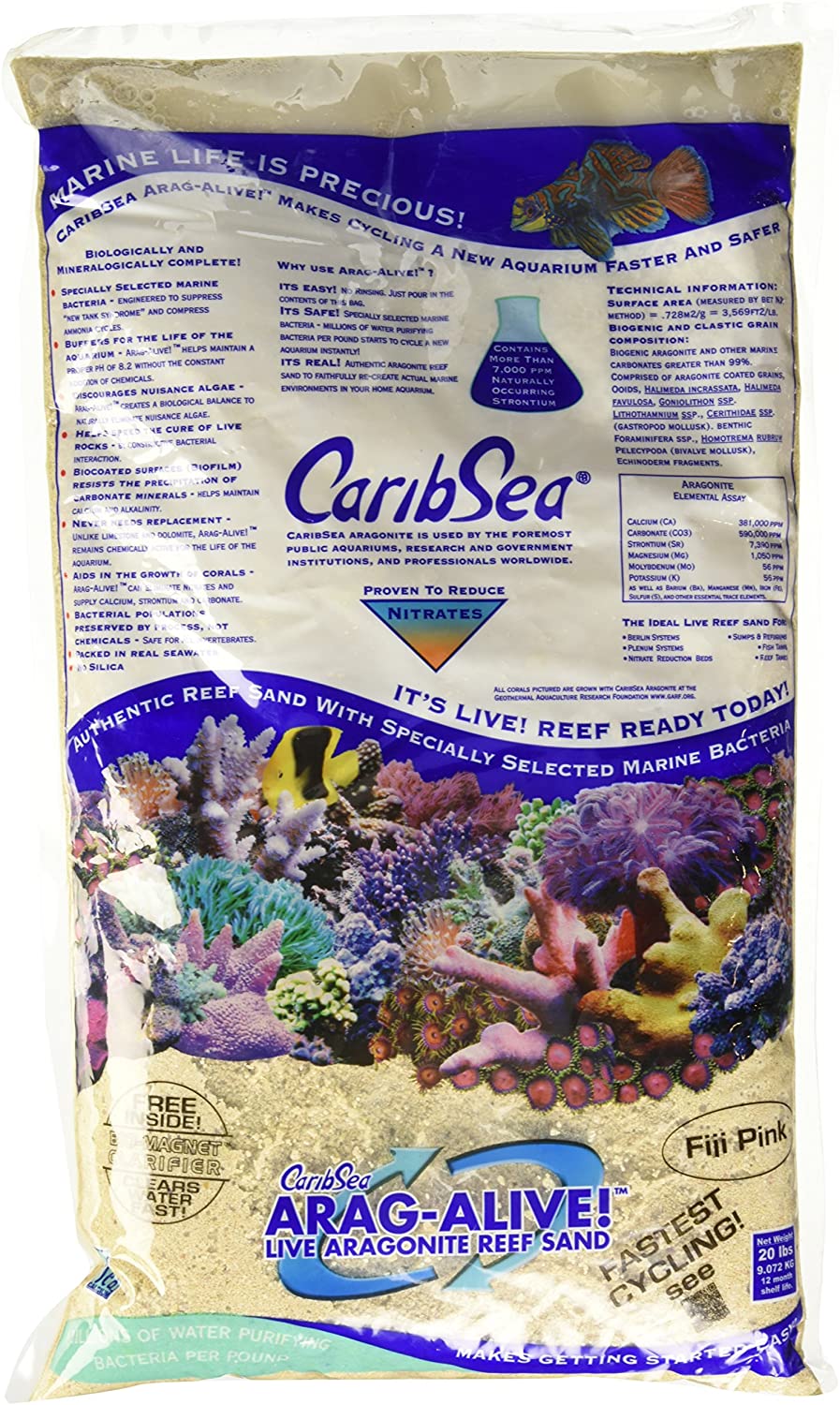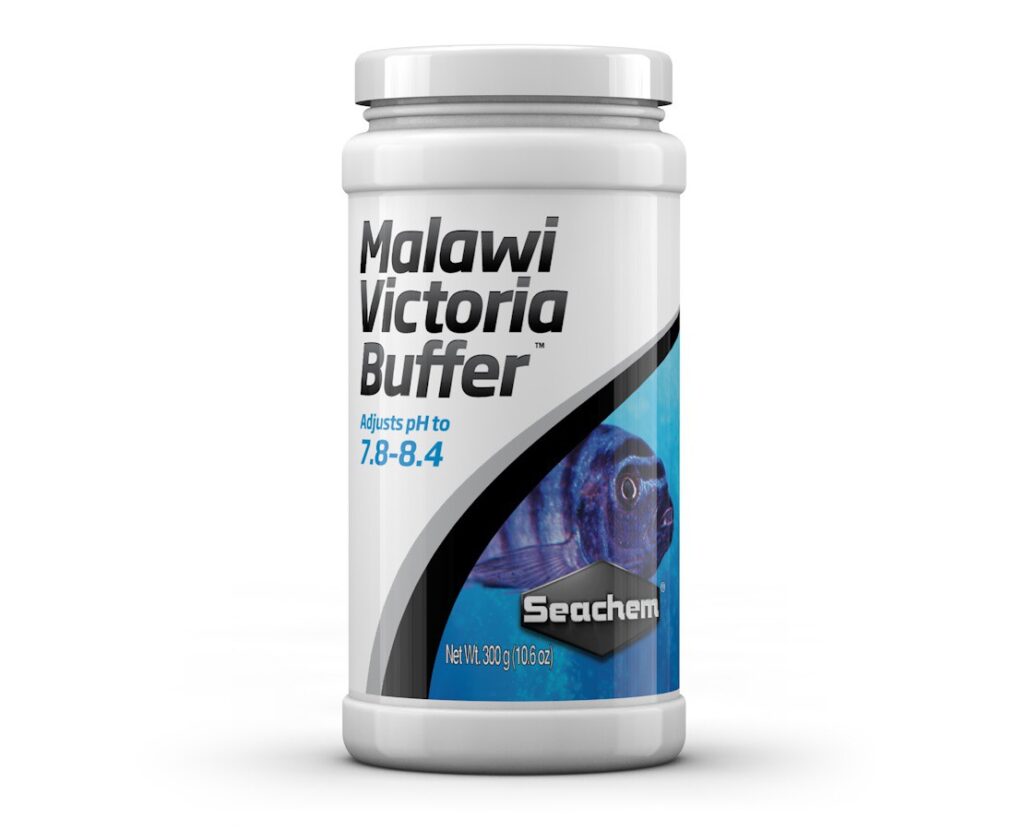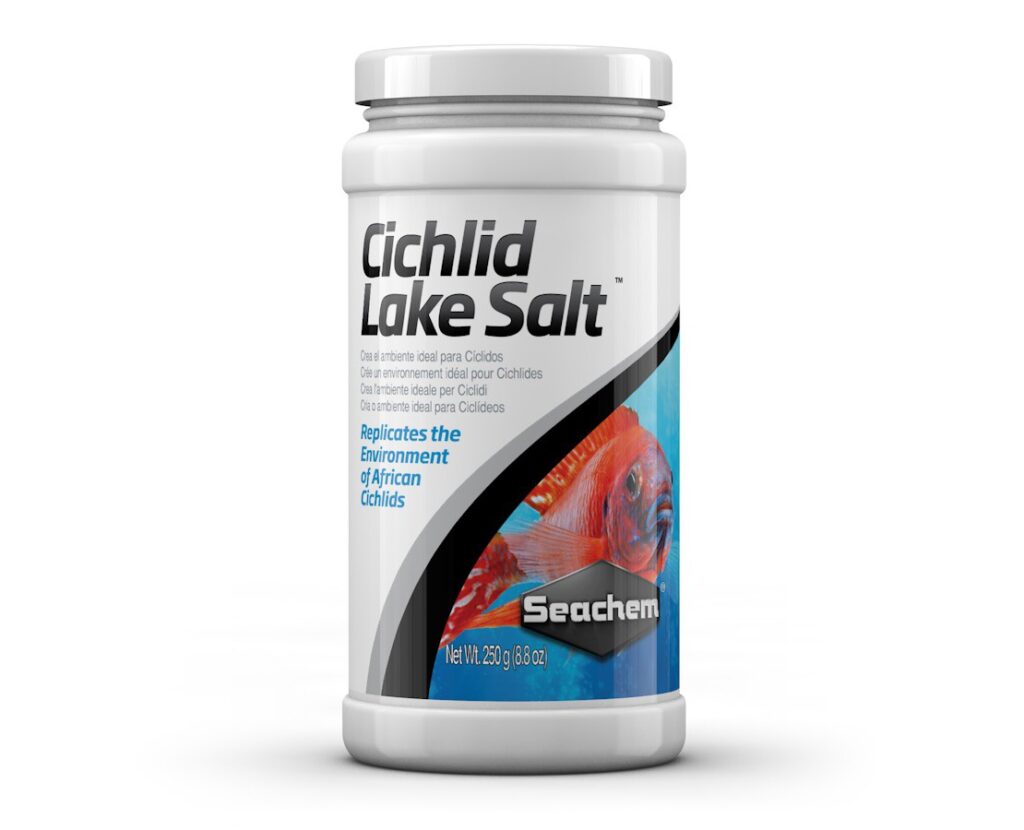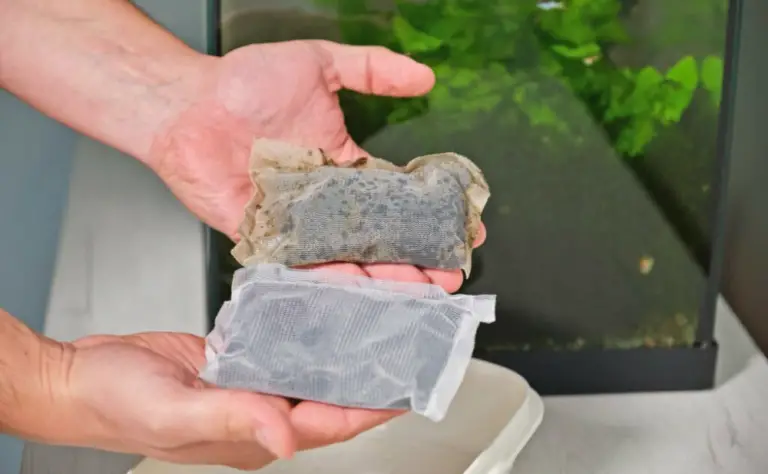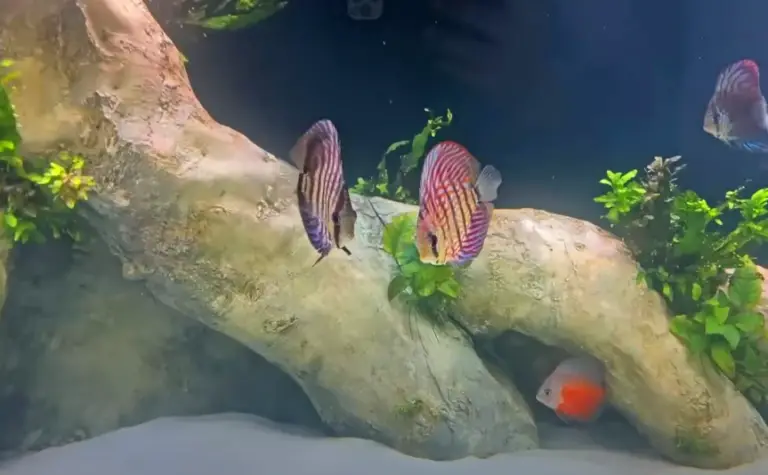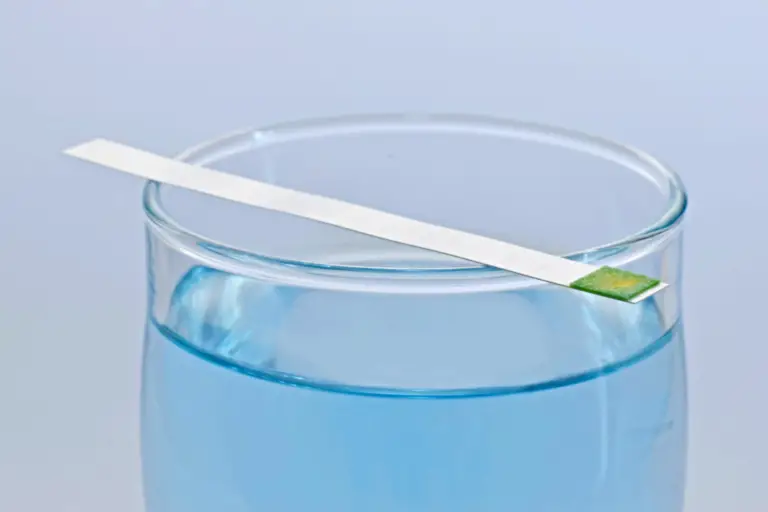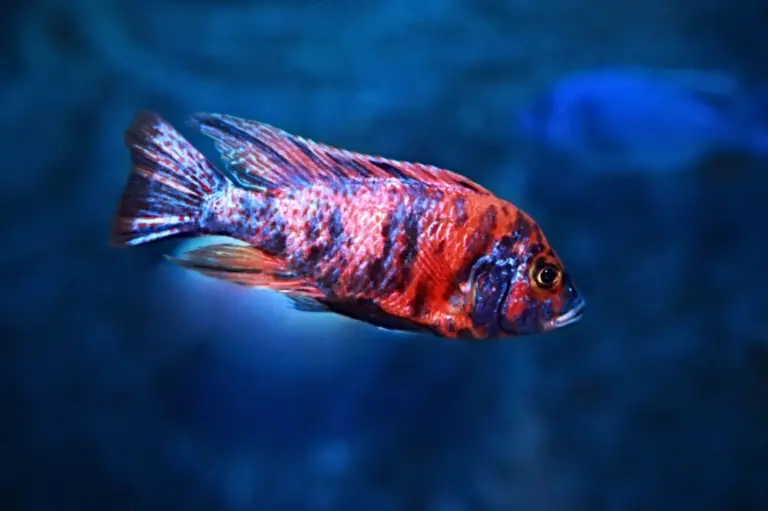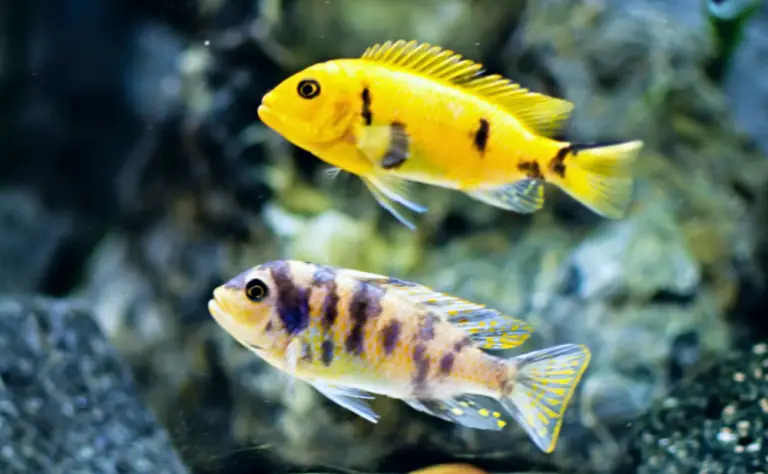The 3 Best Ways to Raise Aquarium pH (Simple and Effective)
How do you raise aquarium pH (safely)? Let’s start off with: stable pH levels > “perfect” pH levels. A stable pH is vital for a healthy aquarium and fish. It’s vital that you know what your fish’s pH requirements are. But if you do find that your aquarium’s pH levels are low and you have to raise them, use the following safe methods.
What is Aquarium pH?
The term pH stands for “power of Hydrogen.” A pH value shows the concentration of Hydrogen ions in a water-based solution. But simply put, it shows whether your aquarium water is either acidic or alkaline. The scale used to measure pH spans from 0 to 14.
If the pH is under 7, it’s acidic. If the pH is over 7, it’s alkaline. And if the pH is exactly 7, well, then it’s “neutral.”
Though, you can get negative values if the liquid is highly acidic. Likewise, values can even exceed the 14 mark if it’s extremely alkaline. But it’s rare that you’ll encounter such extremities as a fishkeeper.
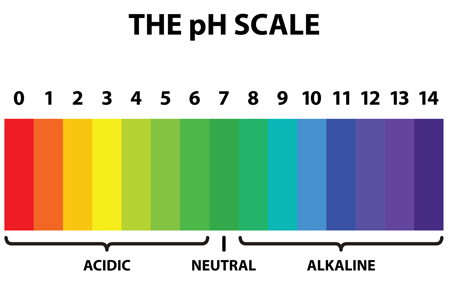
Why is pH Important in an Aquarium?
Sure, a number on the pH scale doesn’t seem much for us, but it’s important to note that it is logarithmic – and this means a lot to our fish. Basically, the smallest of changes in pH levels can cause so much stress for your fish… and maybe even death.
One species may prefer a different pH level to another. The difference in pH preferences is solely based on the fish’s natural habitat.
So it goes without saying (but we’re going to say it anyway), that you should not put fish that require different pH levels in the same aquarium.
A lower pH can be ideal for one fish but can burn the skin of another fish. A poor pH is poisonous and can even help pathogens thrive. We don’t want that to thrive!
So testing the aquarium’s conditions weekly will help you spot any changes in pH quickly, which will reduce the chance of fatalities. Maintaining aquarium pH levels that are right for your fish is key.
Don’t Chase the “Perfect” pH!
Chasing the perfect aquarium pH is a dangerous game. Ping-ponging the pH all over your aquarium with chemicals and “quick fixes” does way more harm than good.
Tinkering your pH levels to raise up only to have it go crazy high puts you into panic mode. Now you want to lower the pH levels. But now it’s too low? Oh no! Let’s raise the aquarium pH again… and so the cycle goes by chasing the pH.
Slow and steady is much better and safer than chasing “perfect” numbers. So, how do you raise aquarium pH safely?
How to Raise Aquarium pH?
When it comes to raising aquarium pH; slow and steady wins the race! Trying to raise aquarium pH levels too quickly can be harmful to your fish. So it’s always better to use natural methods that slowly raise the pH levels.
Crushed Coral
Using crushed coral is one of the best ways in which you can raise aquarium pH levels (hands down). Crushed coral contains minerals that are released into the water as your water becomes more acidic (or in other words, as your nitrate levels rise).
These minerals add a buffer to your water and help to stabilize and raise aquarium PH. But something many fish keepers don’t realize is that crushed coral doesn’t last forever… (unfortunately). It eventually depletes and needs to be replaced.
So, the method of how you add crushed coral to your aquarium is important. No way is better than the other, it’s just up to your personal preference on how you want to maintain it.
There are two main ways in which you can add crushed coral into your tank: 1) Adding it into your filter, and 2) adding it into your substrate.
Crushed Coral in Filter
Adding crushed coral into a filter media bag and then into your filter is the most powerful method due to the high flow of nitrate-rich water flowing through it. This will release plenty of minerals from the coral.
The only downside to this method is that the coral’s effectiveness is going to deplete much faster due to the high flow rate in your filter. Thus, it needs to be replaced more frequently. But a bag of crushed coral is easy to replace, just grab and replace!
Crushed Coral in Substrate
Adding crushed coral into the substrate is the best way for it to work for the longest period of time due to the lack/little flow. And any coral that is underneath the substrate will last even longer.
But… the downside is a doozy. Using this method does not change the fact that all of your coral will eventually deplete – and need to be replaced. Replacing the crushed coral, also means that you need to replace the substrate (not fun).
Hidden Crushed Coral
There’s a third method that we want to share with you! Add crushed coral into your aquarium but in a hidden area. As you’ve seen in the video above, we neatly hid the bags of crushed coral behind the background.
This method has all the positives and none of the negatives of the other two methods. In this hidden space (background, decor, plants, hallow rocks) there is less flow than in a filter. And due to the little flow, it’ll last longer. And because the crushed coral’s in a bag, it can be easily replaced! Done and done!
Aragonite Sand
Aragonite sand is quite similar to crushed coral as they’re both made from the same material: calcium carbonate. The only difference is that crushed coral are bigger pieces and aragonite sand are much smaller particles.
Aragonite sand cannot be put into a filter media bag like the crushed coral, so adding the sand as your substrate is the only option.
And you already know, when the pH is getting low again, it’s time to replace the substrate/aragonite sand.
Additionals
We also have a few additional ways to raise aquarium pH as well as to keep them stable. Now, these are not “must haves” but will help your African Cichlids thrive!
Malawi/Victoria Buffer
Seachem’s Malawi/Victoria Buffer is a blend of carbonate salts designed to enhance the natural environment of Cichlids by increasing carbonate hardness, buffer capacity, and pH.
Malawi/Victoria Buffer is formulated to maintain a pH of 7.8–8.4.
Cichlid Lake Salt
Seachem’s Cichlid Lake Salt provides essential minerals to your water to replicate the environment of African Cichlids.
This product also contains proper amounts of calcium, magnesium, sodium, and potassium. Cichlid Lake Salt affects hardness only, not alkalinity or pH.
Conclusion
There are many methods out there to raise aquarium pH levels. A natural and slow way is always better than chasing the “perfect” pH with chemicals. Though, if you want to know more about how you can raise aquarium pH levels for African Cichlids, we’ve got you.


